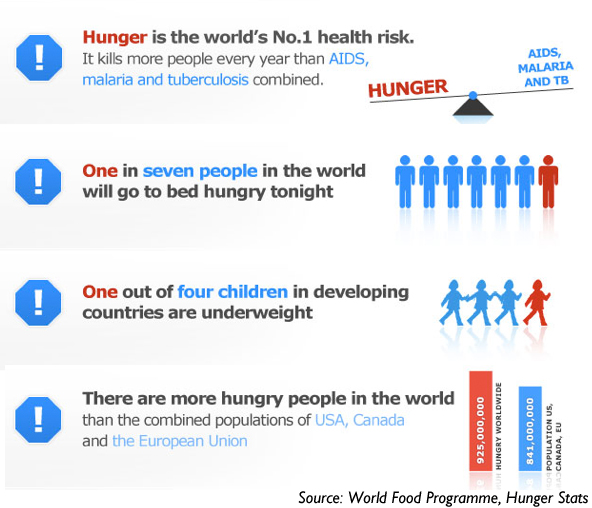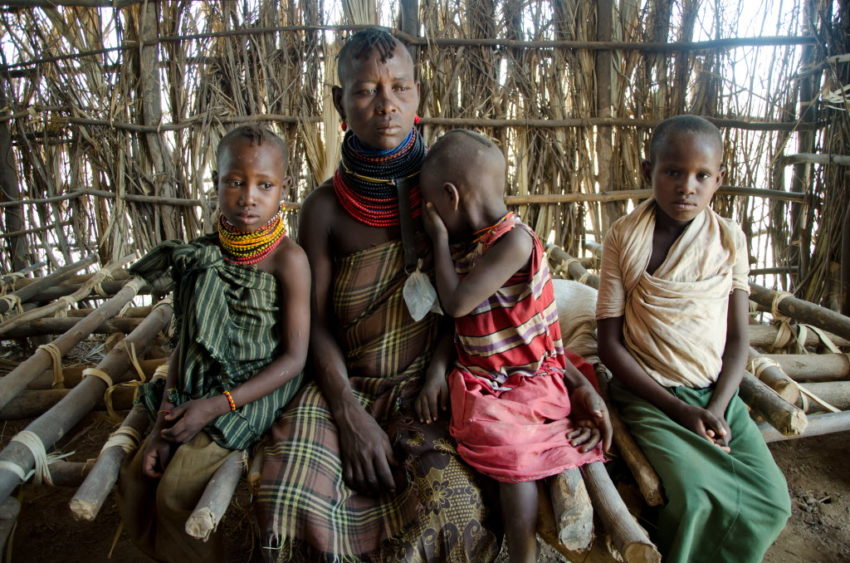June is National Hunger Awareness Month. This weekend, more than 8,000 students across the country will participate in World Vision’s 30 Hour Famine. They’ll experience hunger while raising funds to care for children who face this stark reality every day — going to bed hungry.
* * *
In the past half-decade, global food prices have reached historic highs. The grocery store — and restaurants, when we can afford them — account for greater portions of our paychecks. Eating in or eating out costs more now than it did even seven or eight years ago.
But where increasing food prices are merely a source of frustration for Americans, they can be devastating to people who live in poverty in other parts of the world.
In places like sub-Saharan Africa, where staple foods like grains account for nearly half of all calories consumed, rising food prices can cripple families and communities. The price of maize increased by 80% in just two years. Wheat prices shot up 70%, while the cost of rice increased by 25%.
Basic nutritional necessities like these have become impossibly expensive for people already captive to poverty — many of whom live on less than $2 a day.
As a result, 115 million more people have joined the ranks of the hungry around the world.
Hunger fast facts
- Hunger is the world’s number one health risk. It kills more people every year than AIDS, malaria, and tuberculosis combined. (Source: Hunger stats, World Food Programme)
- 1 in 7 people in the world will go to bed hungry tonight. (Source: Hunger stats, World Food Programme)
- 925 million people do not have enough to eat; 98% of them live in developing countries. (Source: FAO news release, September 2010)
- 65% of the world’s hungry live in only seven countries: India, China, the Democratic Republic of Congo, Bangladesh, Indonesia, Pakistan, and Ethiopia.
(Source: FAO news release, 2010)
- Under-nutrition contributes to 5 million deaths of children under 5 each year in developing countries.
(Source: Under five deaths by cause, UNICEF, 2006) - There are more hungry people in the world than the combined populations of the United States, Canada, and the European Union. (Source: Hunger stats, World Food Programme)
- Women make up a little over half of the world’s population, but they account for more than 60% of the world’s hungry. (Source: Strengthening efforts to eradicate hunger…, ECOSOC, 2007)
- Iron deficiency is the most prevalent form of malnutrition worldwide, affecting an estimated 2 billion people. Eradicating iron deficiency can improve national productivity levels by as much as 20%.
(Source: World Health Organization, WHO Global Database on Anaemia)

This month, National Hunger Awareness Month, do something to fight global hunger. Sponsor a child. Donate to World Vision’s Global Food Crisis Fund. Do the 30 Hour Famine. Share the above video. Raise awareness by updating your status with one of the hunger facts you’ve read.
Learn more about what World Vision is doing to fight hunger.



Comments